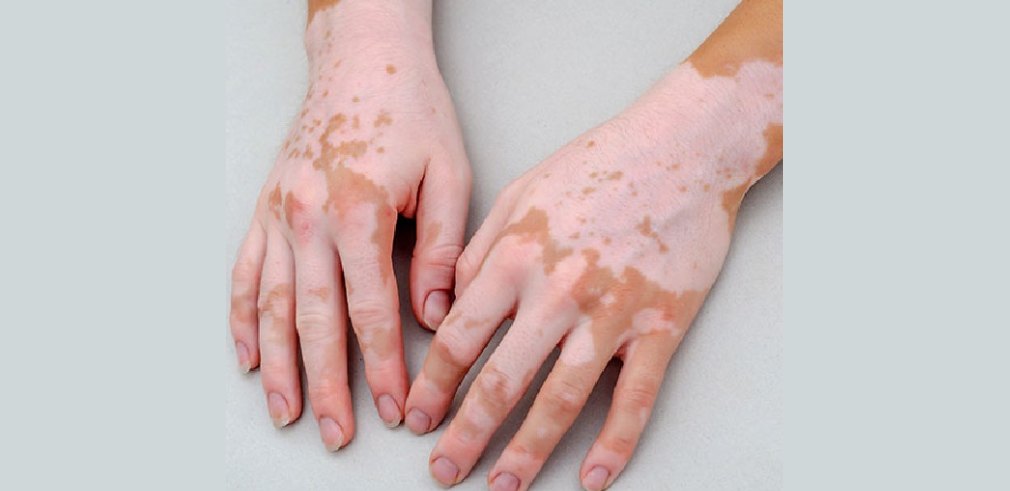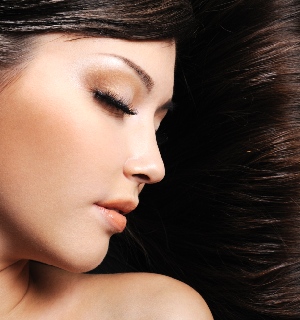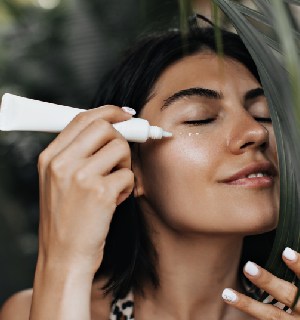This is an acquired and progressive condition whose cause is not yet known. Multiple theories are there as to why vitiligo happens. The most accepted theory is multifactorial, meaning a combination of different factors like auto-immunity, oxidative stress, etc. It affects both the skin and hair. The involved skin when examined under the microscope shows absence of pigment producing cells called melanocytes.
Sometimes it needs to be differentiated from a condition called leukoderma where similar patches are seen but the cause is known like following burns, chemical exposure and resolution of certain inflammatory skin disorders.
Vitiligo patches are acquired meaning, not present since birth. They are milky white in color with well-defined borders.
Few of the precipitating factors are trauma, sunburn, stress, inflammation, pregnancy, OCPs and vitamin deficiencies.
It is broadly of two type i.e localized (confined to a smaller region) and generalized (can appear anywhere on the body). Localized can further of focal, segmental and mucosal types. Generalized can be of vulgaris (any area involvement and most common), acrofacial (tips involvement) and mixed varieties.
Vitiligo may also be associated with some systemic disease like thyroid disease, diabetes, Addison's disease, pernicious anemia, rheumatoid arthritis, SLE and other autoimmune conditions.
Acrofacial type, patches on bony prominences, patches on the tip of penis, palms, soles, patches with gray hair, patches around nipple, long standing cases and extensive depigmentation have bad prognosis meaning difficult to respond to any kind of treatment.
Vitiligo has multiple treatment options depending on the type of vitiligo and the extent of involvement. For smaller areas creams and lotions are available. For larger areas of involvement phototherapy is a better option. If it is unstable and new lesions are appearing regularly, oral immunosupresssants are needed to control the auto immunity. To reduce the side effects of prolonged oral steroids oral pulse therapies are advocated. Studies showing nutritional supplements and placental extracts may have a role in treatment of vitiligo.
Inspite of all this treatment the response may not be uniform. The aim of treatment is repigmentation and prevention of further depigmentation.
Failure to respond to medical line of treatment indicates melanocyte reservoir
 Whatsapp
Whatsapp Facebook
Facebook Twitter
Twitter Instagram
Instagram Linkedin
Linkedin Pinterest
Pinterest




